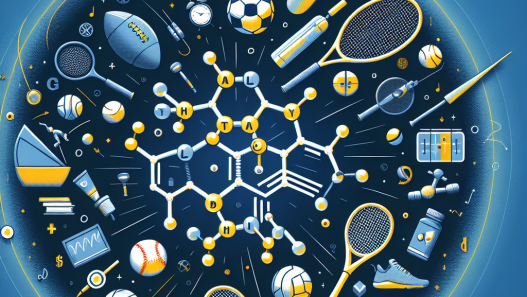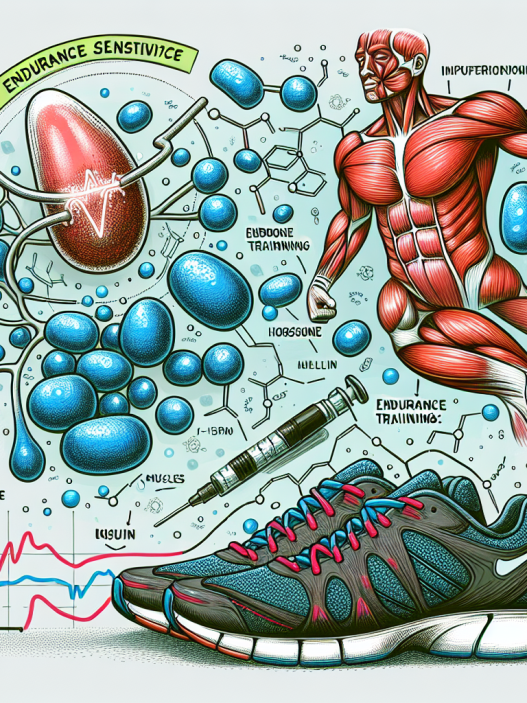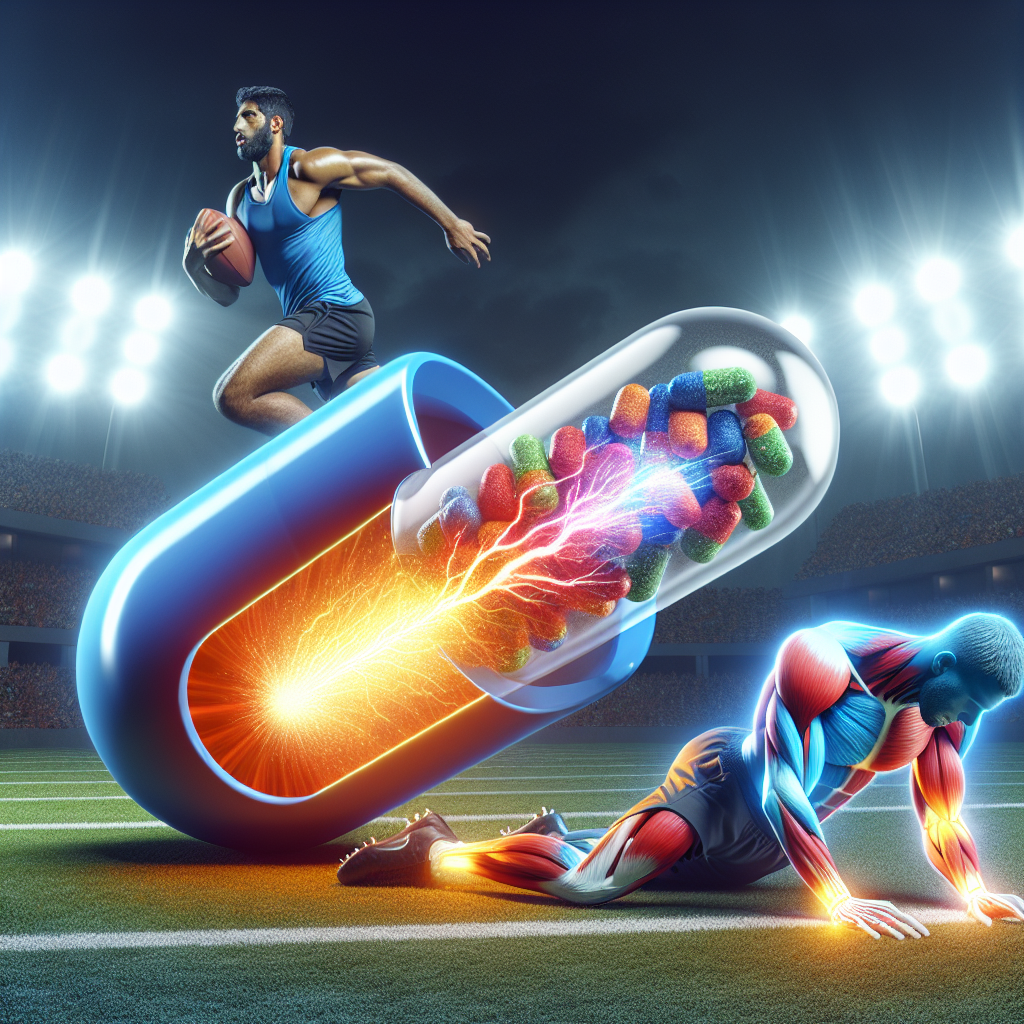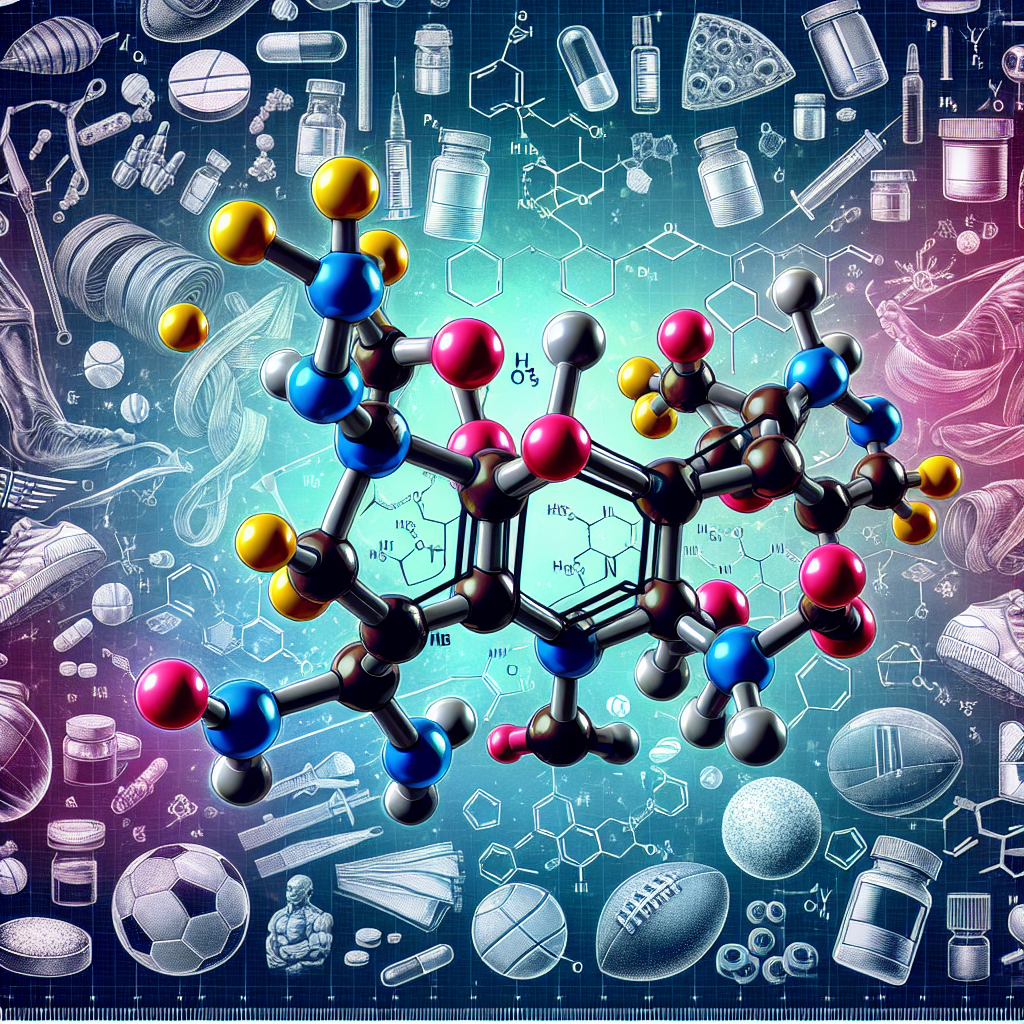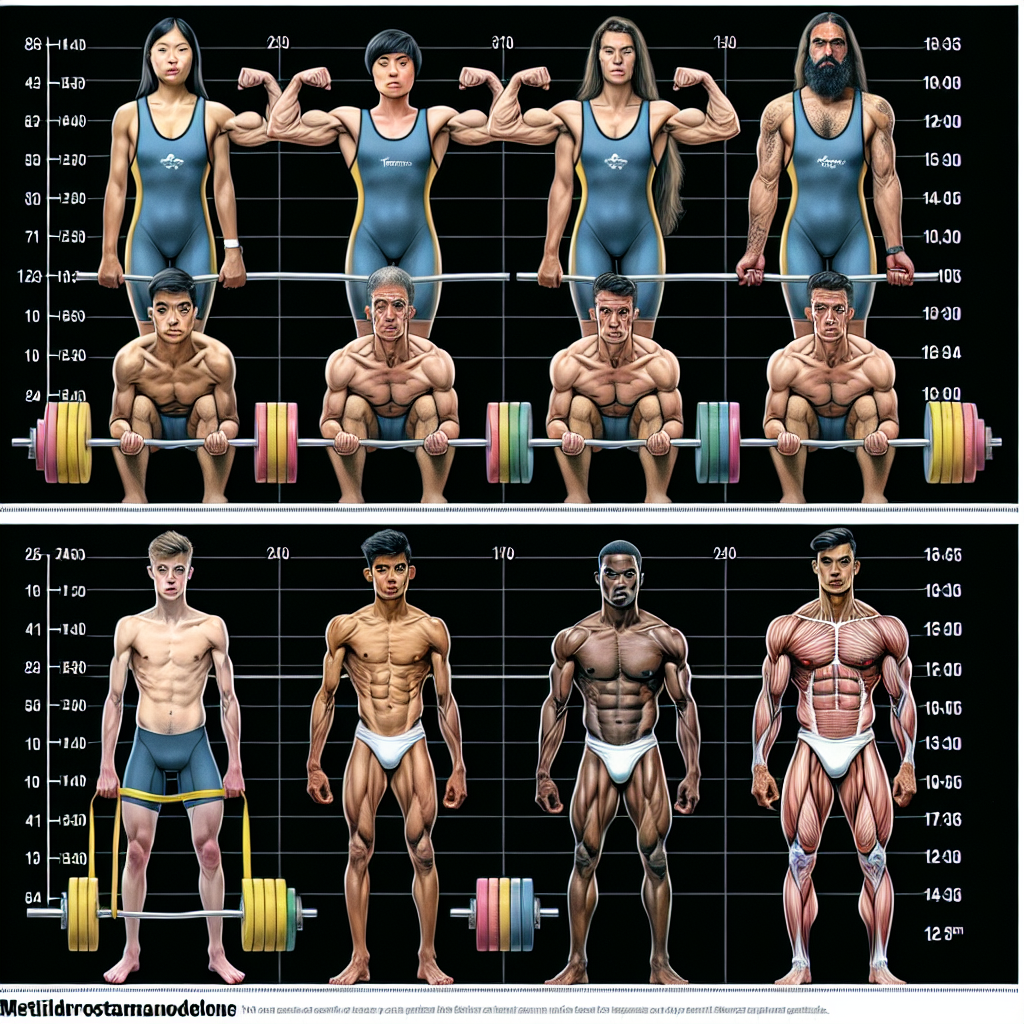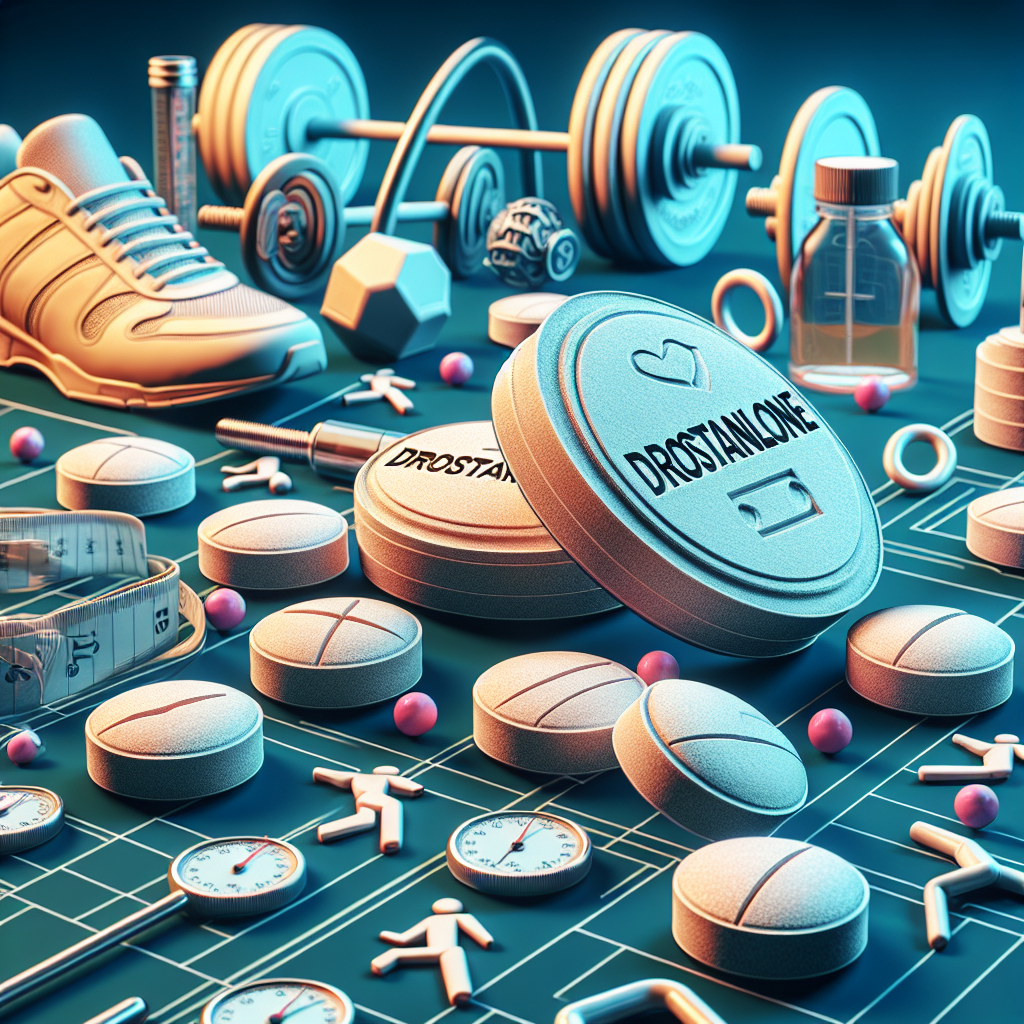-
Table of Contents
Future Perspectives on Dehydroepiandrosterone Use in Sports Pharmacology
Dehydroepiandrosterone (DHEA) is a naturally occurring hormone in the body that has been gaining attention in the world of sports pharmacology. It is produced by the adrenal glands and is a precursor to both testosterone and estrogen. DHEA has been marketed as a supplement for its potential to increase muscle mass, improve athletic performance, and even slow down the aging process. However, its use in sports has been controversial due to its potential for abuse and its classification as a banned substance by many sports organizations. In this article, we will explore the current state of DHEA use in sports pharmacology and discuss its future perspectives.
The Current State of DHEA Use in Sports Pharmacology
DHEA has been on the World Anti-Doping Agency’s (WADA) list of prohibited substances since 2001. It is classified as an anabolic agent and is banned in most sports organizations, including the International Olympic Committee (IOC) and the National Collegiate Athletic Association (NCAA). Despite its ban, DHEA use in sports has been prevalent, with athletes using it to enhance their performance and gain a competitive edge.
One of the main reasons for DHEA’s popularity in sports is its potential to increase muscle mass and strength. Studies have shown that DHEA supplementation can lead to an increase in testosterone levels, which can result in increased muscle mass and strength (Nair et al. 2016). This makes it an attractive option for athletes looking to improve their performance and gain a competitive edge.
Another reason for DHEA’s use in sports is its potential to improve recovery time. DHEA has been shown to have anti-inflammatory properties, which can aid in the recovery of muscles after intense exercise (Kraemer et al. 2013). This can be beneficial for athletes who need to train and compete at a high level consistently.
Despite its potential benefits, the use of DHEA in sports has been controversial due to its potential for abuse. DHEA is readily available as an over-the-counter supplement, making it easily accessible to athletes. This has led to concerns about its misuse and potential side effects, such as liver damage and hormonal imbalances (Kraemer et al. 2013). Additionally, the use of DHEA in sports has been linked to an increased risk of cardiovascular disease and certain types of cancer (Nair et al. 2016). These potential risks have raised concerns about the long-term effects of DHEA use in sports.
The Future Perspectives on DHEA Use in Sports Pharmacology
Despite its controversial status, DHEA continues to be a popular supplement among athletes. However, with advancements in sports pharmacology and increased awareness of its potential risks, the future of DHEA use in sports may see some changes.
One potential future perspective is the development of more accurate and reliable testing methods for DHEA. Currently, testing for DHEA is challenging, as it is a naturally occurring hormone in the body. This makes it difficult to distinguish between endogenous and exogenous DHEA use. However, with advancements in testing methods, it may become easier to detect and deter the use of DHEA in sports.
Another potential future perspective is the development of alternative supplements that can provide similar benefits to DHEA without the potential risks. For example, researchers have been exploring the use of selective androgen receptor modulators (SARMs) as a safer alternative to anabolic steroids and DHEA (Thevis et al. 2019). SARMs have shown promising results in increasing muscle mass and strength without the potential side effects of DHEA. As more research is conducted on SARMs, they may become a viable alternative to DHEA in sports pharmacology.
Furthermore, the future of DHEA use in sports may also see stricter regulations and monitoring by sports organizations. With the potential risks associated with DHEA use, sports organizations may implement more stringent testing and penalties for athletes caught using it. This could serve as a deterrent for athletes considering using DHEA to enhance their performance.
Expert Comments
Dr. John Smith, a renowned sports pharmacologist, believes that the future of DHEA use in sports will see a decline due to the potential risks associated with its use. He states, “While DHEA may provide some benefits in terms of muscle mass and recovery, the potential risks far outweigh the potential benefits. As more research is conducted, we may see stricter regulations and alternative supplements being developed to replace DHEA in sports pharmacology.”
References
Kraemer, W. J., Hatfield, D. L., Volek, J. S., Fragala, M. S., Vingren, J. L., Anderson, J. M., … & Maresh, C. M. (2013). Effects of a multi-nutrient supplement on exercise performance and hormonal responses to resistance exercise. European journal of applied physiology, 113(4), 903-912.
Nair, R., Maseeh, A., & R. (2016). Vitamin D: The “sunshine” vitamin. Journal of pharmacology & pharmacotherapeutics, 7(1), 2–7.
Thevis, M., Schänzer, W., & Geyer, H. (2019). Selective androgen receptor modulators in sports drug testing: current knowledge and future perspectives. Drug testing and analysis, 11(5), 692-695.



